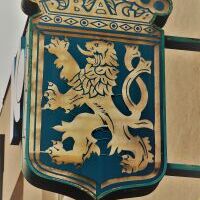
hawky
8 following
76 followers
Joined September 2023
Joined September 2023
Prosím vás pokud někoho zajímá lokace, může si o ní slušně napsat. Na tlačítko prozrazení polohy nereaguji...Ale sděluji jen těm, co tu sami mají alba.
1 month ago
It is a closed underground clay mine. As early as 1862, the owners of the local estate, the Liechtensteins, started mining of low-quality coal, later supplemented by the mining of lupk for the production of refractory building elements (firebricks, pipes, etc.). However, coal mining declined over time and was finally stopped in 1965. However, the mining of clay (lupk) continued until 1991, when the last cartload was removed from the mine on 18 September and the mines were finally closed at the end of the year. The older adit was concreted directly into the portal, the younger one after about...
show more
It is a closed underground clay mine. As early as 1862, the owners of the local estate, the Liechtensteins, started mining of low-quality coal, later supplemented by the mining of lupk for the production of refractory building elements (firebricks, pipes, etc.). However, coal mining declined over time and was finally stopped in 1965. However, the mining of clay (lupk) continued until 1991, when the last cartload was removed from the mine on 18 September and the mines were finally closed at the end of the year. The older adit was concreted directly into the portal, the younger one after about 100 metres, where the drift started. In the ruins of the abandoned buildings today you can find, for example, the railway workshop just outside the gate to the site, or the green-roofed bunkers with the mill and the rotary tipper for the carts, the forge with the tower that housed the weighbridge engine room, or even the kilns for firing fireclay.
Jde o zrušený hlubinný důl na jílovce. Již v roce 1862 zahájili majitelé zdejšího panství Lichtenštejnové těžbu méně kvalitního uhlí, později doplněnou o dobývání lupku pro výrobu žáruvzdorných stavebních prvků (šamotových cihel, potrubí apod.). Těžba uhlí však s postupem času klesala a v roce 1965 byla definitivně zastavena. Dál nicméně pokračovala těžba jílovce (lupku), a to až do roku 1991, kdy byl 18. září vyvezen z dolu poslední naložený vozík a ke konci roku byly doly definitivně uzavřeny. Starší štola byla zabetonována přímo v portálu, mladší asi po sto metrech, odkud začínala svážnice. V troskách opuštěných budov dnes najdete třeba železniční dílnu hned za bránou do areálu, nebo zelení pohlcené zásobníky s mlýnem a s rotačním výklopníkem vozíků, kovárnu s věží, v které byla strojovna svážnice, nebo třeba pece na pálení šamotu.
View original version
4 likes
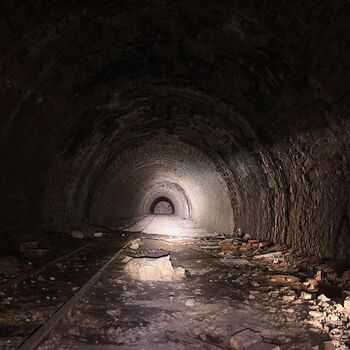
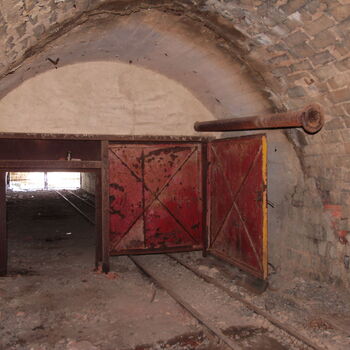
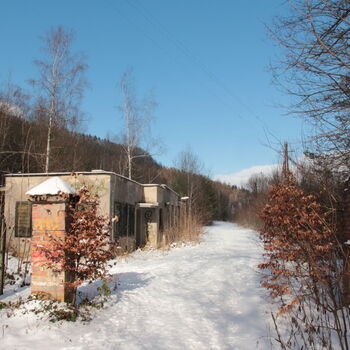
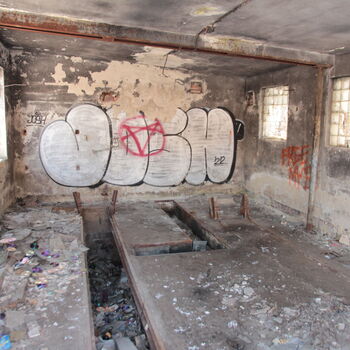
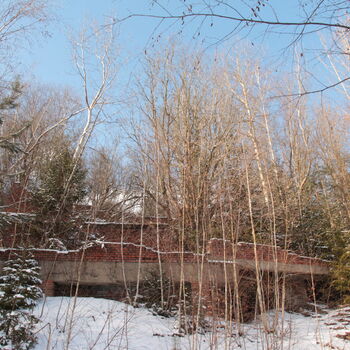
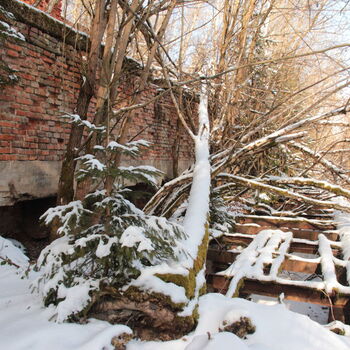
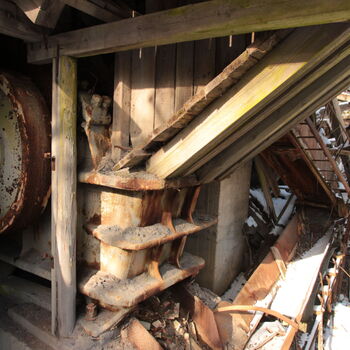
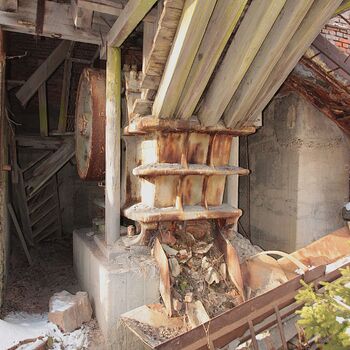
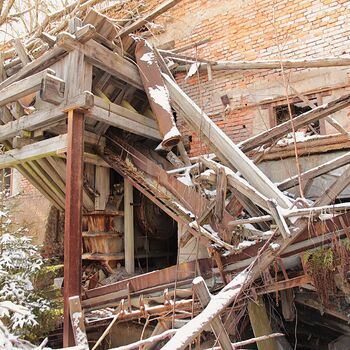
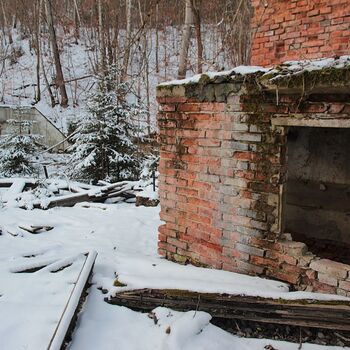
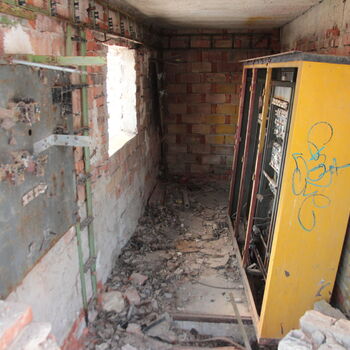
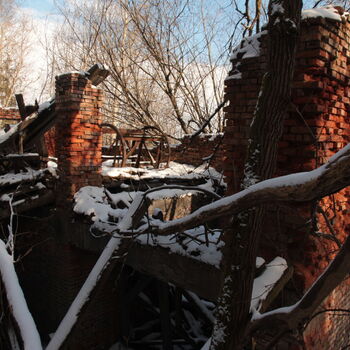
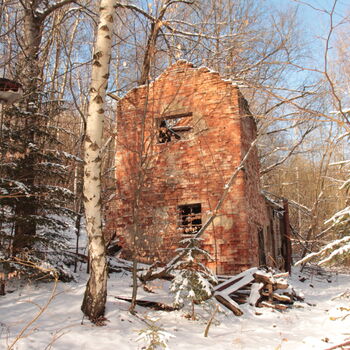

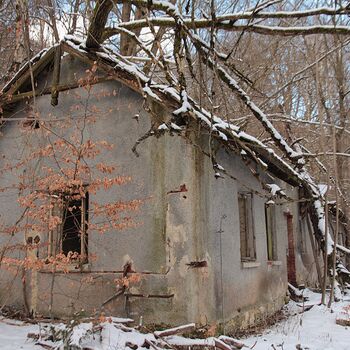
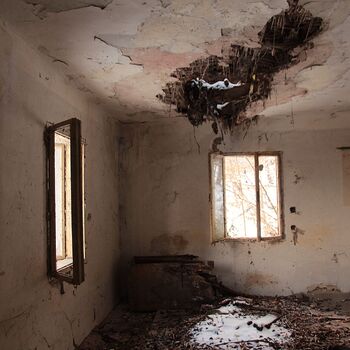
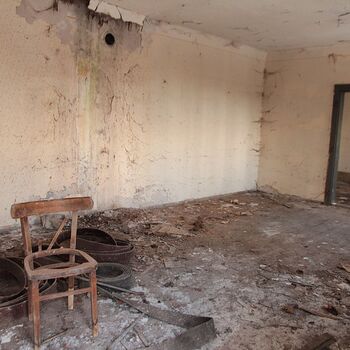
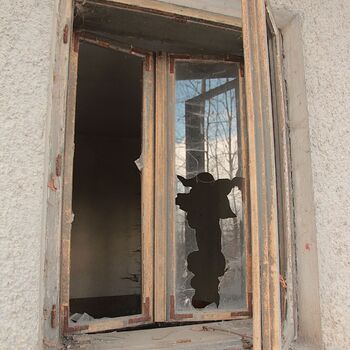
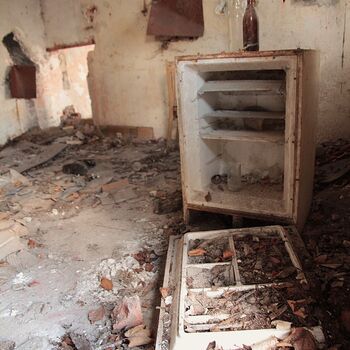
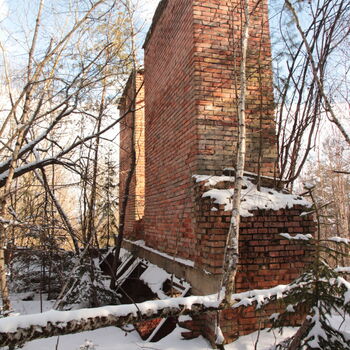
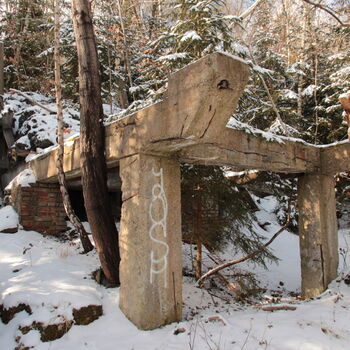
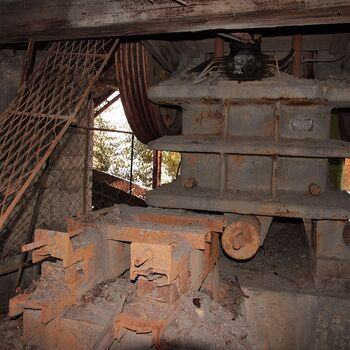
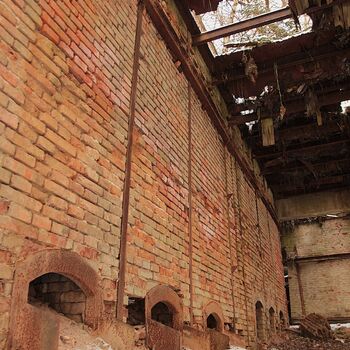
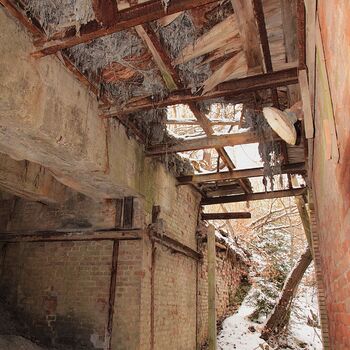
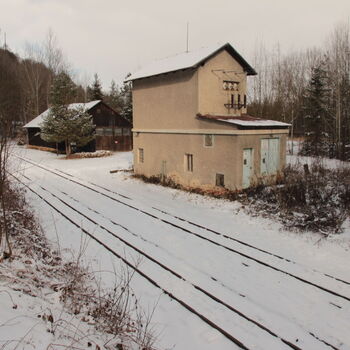
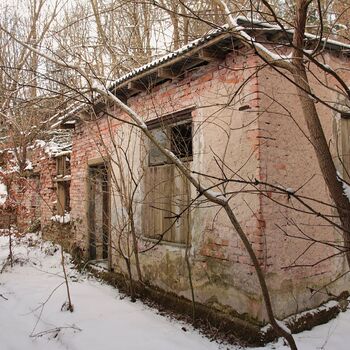
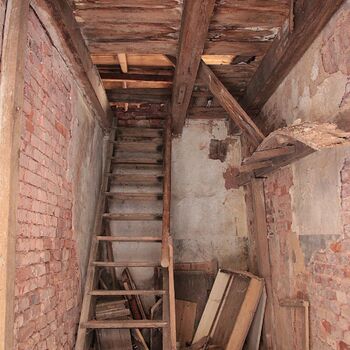
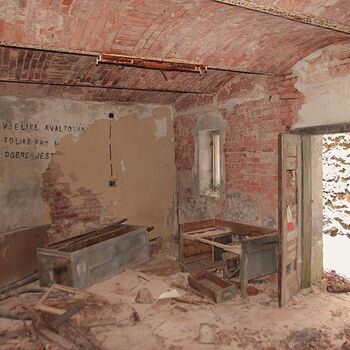
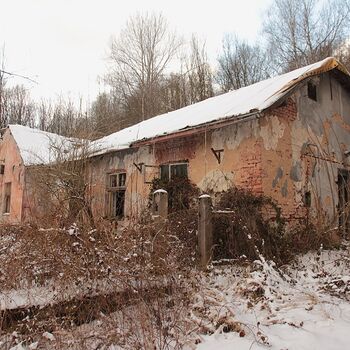
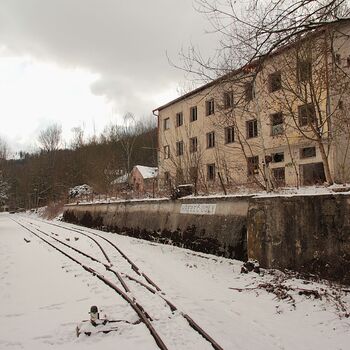
Comments
No one has responded yet, log in and be the first!Around
Dilapidated house in Prague
lucczz
Ready to move in... Remains of a house in Prague 6, the pink bathtub is...
Art Nouveau legend
bramisek
Everyone knows the abandoned Art Nouveau railway station in Prague, but few people know that...
Underground selection
rayen
The underground is a different world. Unknown, surprising, dangerous. They remind me of capsules outside...
Crit
rayen
A rare occasion when this relatively large enclosure was accessible.
Urban legend
bramisek
Everyone in Prague knows about this place, but many people think that this legend is...
Mordor
petdvapetka
When it's the last day of the year, it takes an ace out of the...